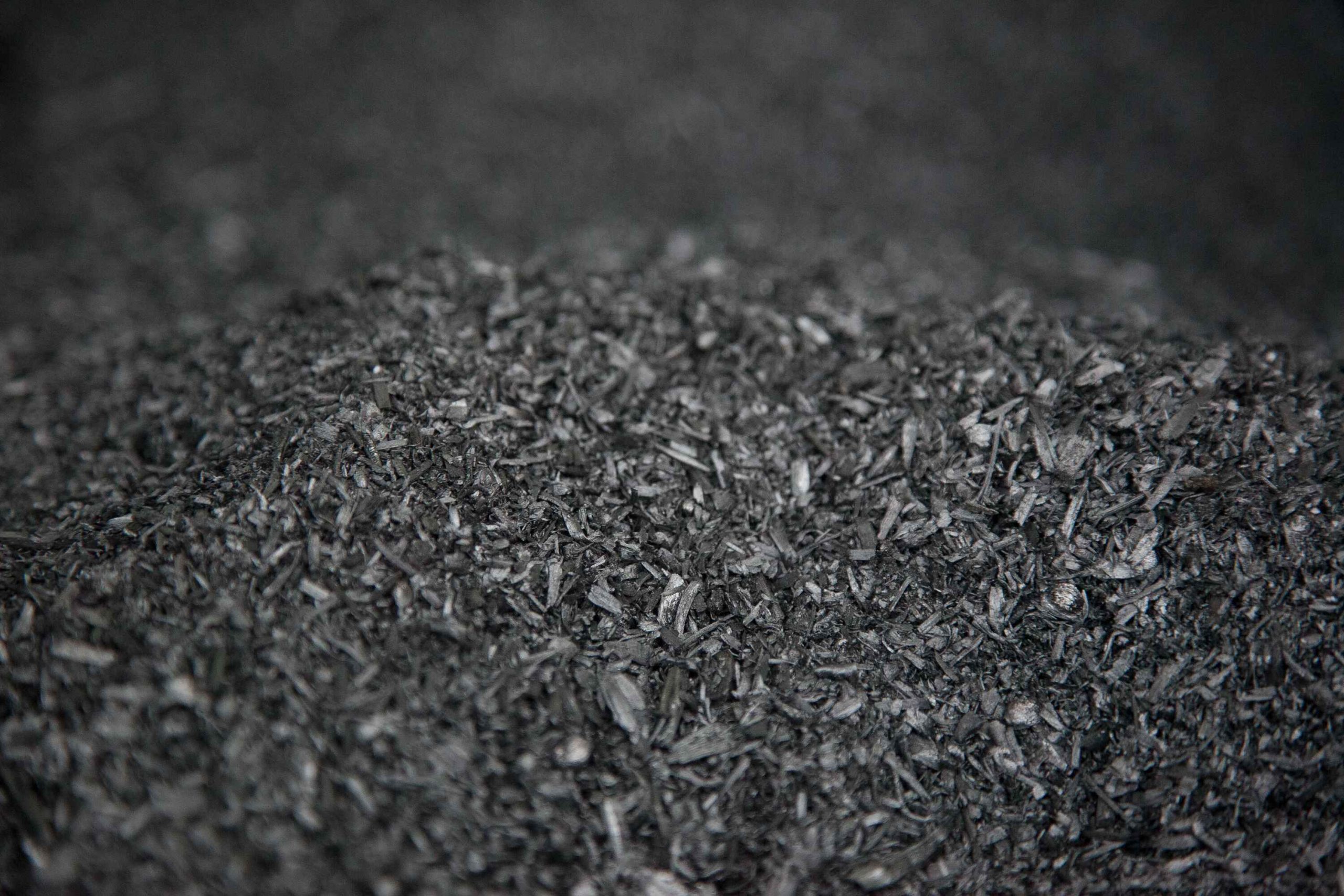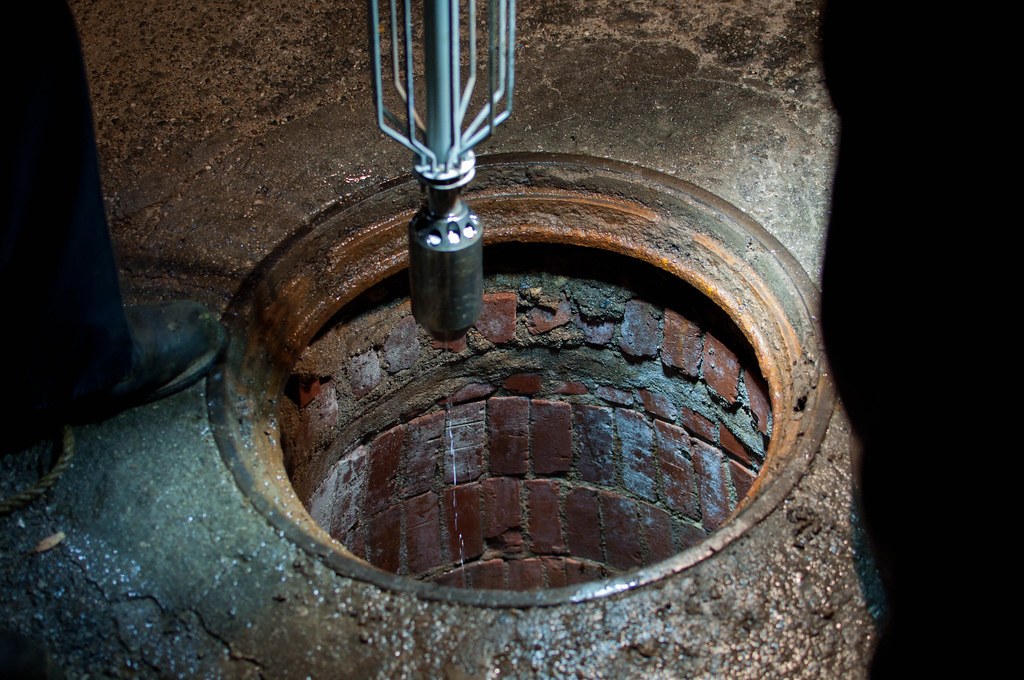Algae-Based Wastewater Treatment: A Global Shift Towards Sustainable Solutions
Around the world, algae-based wastewater treatment is emerging as a transformative approach to address escalating water pollution and resource scarcity. By leveraging the natural capabilities of microalgae to remove nutrients and generate valuable biomass, countries are reimagining how industrial and municipal effluents are managed. This section explores how leading nations—including China, the United States, Israel, and India—are advancing algae-based technologies, drawing on policy frameworks, real-world implementations, and expert insights to illuminate pathways for sustainable water management.
China’s Large-Scale Algae Integration: Policy-Driven Progress
China has positioned itself at the forefront of algae-based wastewater treatment through ambitious investments and stringent environmental regulations. Over the past decade, the nation has operationalized expansive open-pond algae systems integrated with municipal wastewater treatment plants. These facilities have achieved significant reductions in nitrogen and phosphorus discharges, mitigating eutrophication in major water bodies such as the Yangtze River.
The Chinese government’s proactive stance—enforced through strict discharge standards and generous subsidies for green technology adoption—has accelerated the deployment of these systems. For instance, the city of Yixing has piloted algae ponds capable of treating over 10,000 cubic meters of wastewater daily, with mechanized harvesting processes supporting both nutrient removal and biomass collection for downstream applications. However, this model’s scalability is primarily suited to municipal effluents with relatively stable compositions, presenting challenges for adaptation to highly variable industrial waste streams.
U.S. Innovation: Closed Photobioreactors and Bioenergy Synergies
The United States has adopted a technology-driven approach, focusing on closed photobioreactor systems that optimize algae growth and biomass yield under controlled conditions. Supported by the Department of Energy’s Bioenergy Technologies Office, several projects integrate wastewater treatment with biofuel production, aiming to reduce both water pollution and fossil fuel dependence.
A notable example is the Algae Testbed Public-Private Partnership (ATP^3), which demonstrated the feasibility of coupling municipal wastewater treatment with algae-based biodiesel production in Arizona. The U.S. regulatory environment, characterized by innovation grants and regulatory sandboxes, has fostered rapid commercialization and public-private collaboration. These initiatives not only advance environmental goals but also contribute to the burgeoning bioeconomy.
Israel’s Decentralized Solutions: Water Reuse in Agriculture
Israel’s acute water scarcity has driven the development of compact, decentralized algae-based treatment systems tailored for agricultural reuse. Israeli startups such as Algaewheel and Aquanos have engineered photobioreactors that treat municipal and industrial wastewater at the point of generation, enabling safe irrigation and reducing reliance on freshwater resources.
The Israeli government’s water reuse mandates and incentives for decentralized treatment have catalyzed widespread adoption. In the Negev Desert, for instance, algae-based systems have enabled the recycling of treated wastewater for crop irrigation, supporting both food security and environmental sustainability.
India’s Distinctive Approach: Low-Cost, High-Impact Innovation
India’s trajectory in algae-based wastewater treatment diverges from global trends by prioritizing affordability, adaptability, and local relevance. Companies like Agromorph have developed photobioreactors specifically designed for industrial effluents with high chemical oxygen demand (COD)—up to 17,000 ppm—far exceeding the pollutant loads typically addressed by municipal-focused systems abroad.
Indian innovations emphasize the use of indigenous microalgae strains, rapid operator training, and minimal chemical inputs, making the technology accessible for resource-constrained industries. Pilot deployments in Maharashtra’s textile sector and Tamil Nadu’s tanneries have demonstrated dramatic reductions in COD and enabled partial water reuse, aligning with national Zero Liquid Discharge (ZLD) mandates.
Policy frameworks such as the National Action Plan on Climate Change (NAPCC), ZLD regulations, and the Atal Innovation Mission (AIM) provide a supportive ecosystem for scaling algae-based solutions. However, experts argue that India could further accelerate adoption by introducing regulatory sandboxes, innovation grants, and targeted subsidies—policy instruments proven effective in China, the U.S., and Israel.
Expert Perspectives: Indian Leadership and Research Frontiers
Indian research institutions and regulatory bodies are actively shaping the algae-based wastewater treatment landscape. Dr. Ramesh Kumar of IIT Bombay underscores the significance of leveraging native algae for industrial effluents, noting, “Harnessing indigenous microalgae is a game-changer for India’s water-stressed regions, offering scalable and cost-effective alternatives to conventional methods.”
Dr. Meera Singh, Senior Scientist at the Central Pollution Control Board (CPCB), highlights the alignment with India’s ZLD goals: “Algae photobioreactors can help industries meet stringent effluent standards while reducing chemical usage and operational costs.” The National Environmental Engineering Research Institute (NEERI) is currently optimizing reactor designs and algae strain selection for diverse Indian climatic and industrial conditions.
—
By examining these global and Indian experiences, it becomes clear that algae-based wastewater treatment is not a one-size-fits-all solution. Instead, its success depends on context-specific innovation, robust policy support, and ongoing research—factors that are increasingly positioning India as a leader in sustainable water management.













